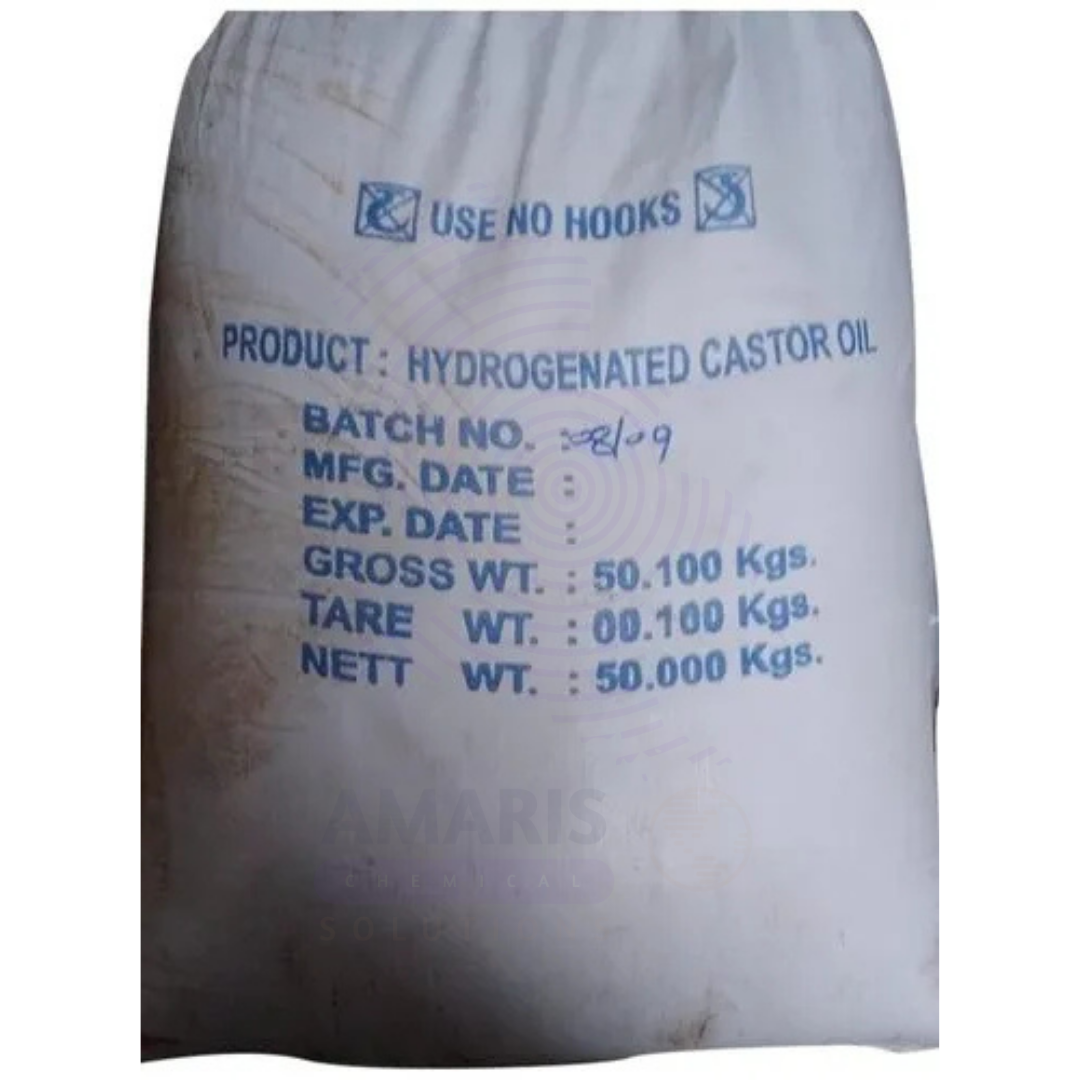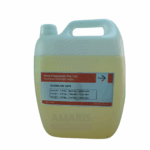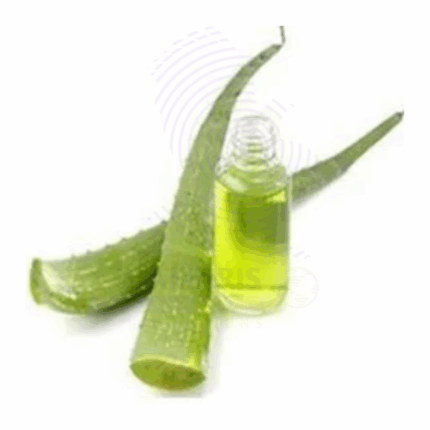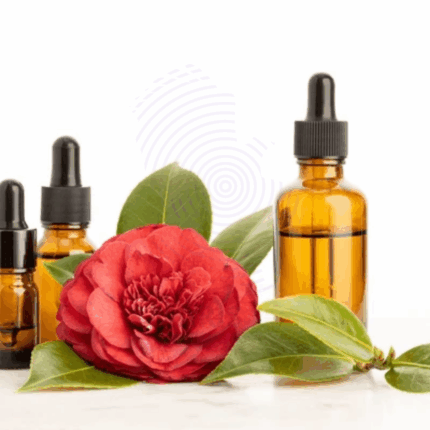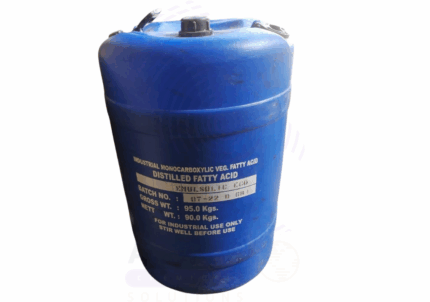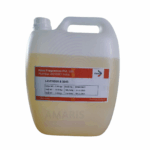
Hydrogenated Castor Oil
$ 12.60 Original price was: $ 12.60.$ 12.53Current price is: $ 12.53.
Hydrogenated Castor Oil, also known as castor wax, is a hard, brittle, and high-melting-point wax derived by the hydrogenation of pure castor oil. This white to off-white, odorless substance is non-toxic and insoluble in water but dispersible in surfactant systems. Its primary component is hydrogenated ricinoleic acid triglyceride, and it is prized for its excellent lubricating, emulsifying, thickening, and consistency-enhancing properties.
Due to its stability, non-reactivity, and film-forming capability, Hydrogenated Castor Oil is widely used in cosmetics, personal care, pharmaceuticals, industrial lubricants, coatings, plastics, and more. It improves product texture, enhances emulsion stability, and provides moisture retention in skincare applications.
Hydrogenated Castor Oil
Primary Uses
- Cosmetics and Personal Care
- Used as a thickener and consistency agent in creams, lotions, and balms.
- Acts as an emollient and moisturizer in lipsticks, lip balms, and solid perfumes.
- Enhances texture in deodorants, stick foundations, and makeup products.
- Forms stable emulsions in water-in-oil or oil-in-water formulations.
- Applied in soaps and cleansing bars to improve hardness and lather conditioning.
- Pharmaceuticals
- Used as a pharmaceutical excipient in ointments and medicated creams.
- Included in controlled-release drug delivery systems due to its waxy nature.
- Serves as a base in dermatological applications and wound-protective salves.
- Industrial Applications
- Used in coatings and inks for its excellent film-forming and anti-corrosion properties.
- Acts as a lubricant and dispersing agent in plastics and rubber formulations.
- Used in the production of greases, polishes, and surface coatings for metals and leathers.
- Hair Care Products
- Added to conditioners and styling products for shine and film-forming properties.
- Enhances hold and moisture retention in pomades and styling waxes.
Secondary Uses
- Textile and Leather Processing
- Used in formulations to provide smooth finish and conditioning to leathers.
- Acts as a lubricant and antistatic agent in textile softeners.
- Pet Care Products
- Included in paw balms and grooming waxes for safe application on pets.
- Craft and DIY Formulations
- Used in handmade lip balms, solid perfumes, and natural stick deodorants.
- Ideal for creating balmy, stable oil-based salves and wax-based aromatherapy products.
| PACK SIZE |
5kg |
|---|
1. Basic Identification Attributes
- Botanical Source: Ricinus communis
- Common/Trade Name: Hydrogenated Castor Oil / Castor Wax
- INCI Name: Hydrogenated Castor Oil
- CAS Number: 8001-78-3
- HS Code: 1515.30
- Synonyms: Castor Wax, Fully Hydrogenated Castor Oil, Ricinus Wax
2. Physical & Chemical Properties
- Physical State: Solid wax
- Color & Odor: White to off-white; odorless or faintly fatty
- Melting Point: 80–90°C
- Solubility: Insoluble in water; soluble in hot oils and solvents
- Acid Value: ≤ 4 mg KOH/g
- Saponification Value: 175–185 mg KOH/g
- Iodine Value: ≤ 4
3. Safety & Hazard Attributes
- GHS Classification: Not classified as hazardous
- Toxicity: Non-toxic and safe for personal care use
- Exposure Limits: None established for topical use
- Allergen Information: Derived from castor oil; patch testing advised for sensitive users
4. Storage & Handling Attributes
- Storage Conditions: Store in a dry, cool place away from direct sunlight
- Container Type: Fiber drums, lined bags, or HDPE containers
- Shelf Life: Up to 24–36 months under ideal storage conditions
- Handling Precautions: Melt with controlled heat; avoid contamination with moisture
5. Regulatory & Compliance Attributes
- Compliant with FDA and EU cosmetic ingredient regulations
- Approved for pharmaceutical excipient use (USP/NF compliant)
- GMP-grade versions available for regulated applications
- Suitable for use in vegan and cruelty-free formulations
6. Environmental & Health Impact
- Biodegradability: Biodegradable under environmental conditions
- Ecotoxicity: Low environmental hazard profile
- Bioaccumulation: Not expected to bioaccumulate
Safety Handling Precautions
- PPE Required: Protective gloves and safety glasses recommended during handling
- Handling Guidelines: Avoid inhalation of dust during crushing or melting
First Aid Measures
- Inhalation: Not hazardous in solid form; avoid inhaling dust
- Skin Contact: Safe; wash with soap and water if irritation develops
- Eye Contact: Rinse with water if particles contact the eyes
- Ingestion: Non-toxic in small quantities; seek help if large amounts are ingested
Firefighting Measures
- Fire Hazards: Combustible in molten form
- Extinguishing Media: Dry chemical, foam, or carbon dioxide
- Special Precautions: Use full protective gear and breathing apparatus
- Hazardous Combustion Products: Carbon monoxide, carbon dioxide


 Preservatives(food)
Preservatives(food) Flavor Enhancers
Flavor Enhancers Acidulants
Acidulants Sweeteners
Sweeteners Antioxidants
Antioxidants Colorants(food)
Colorants(food) Nutraceutical Ingredients (food)
Nutraceutical Ingredients (food) Nutrient Supplements
Nutrient Supplements Emulsifiers
Emulsifiers
 Collectors
Collectors Dust Suppressants
Dust Suppressants Explosives and Blasting Agents
Explosives and Blasting Agents Flocculants and Coagulants
Flocculants and Coagulants Frothers
Frothers Leaching Agents
Leaching Agents pH Modifiers
pH Modifiers Precious Metal Extraction Agents
Precious Metal Extraction Agents
 Antioxidants(plastic)
Antioxidants(plastic) Colorants (Pigments, Dyes)
Colorants (Pigments, Dyes) Fillers and Reinforcements
Fillers and Reinforcements Flame Retardants
Flame Retardants Monomers
Monomers Plasticizers
Plasticizers Polymerization Initiators
Polymerization Initiators Stabilizers (UV, Heat)
Stabilizers (UV, Heat)
 Antifoaming Agents
Antifoaming Agents Chelating Agents
Chelating Agents Coagulants and Flocculants
Coagulants and Flocculants Corrosion Inhibitors
Corrosion Inhibitors Disinfectants and Biocides
Disinfectants and Biocides Oxidizing Agents
Oxidizing Agents pH Adjusters
pH Adjusters Scale Inhibitors( water)
Scale Inhibitors( water)
 Antioxidants(cosmetic)
Antioxidants(cosmetic) Emollients
Emollients Fragrances and Essential Oils
Fragrances and Essential Oils Humectants
Humectants Preservatives
Preservatives Surfactants(cosmetic)
Surfactants(cosmetic) Thickeners
Thickeners UV Filters
UV Filters
 Fertilizers
Fertilizers Soil Conditioners
Soil Conditioners Plant Growth Regulators
Plant Growth Regulators Animal Feed Additives
Animal Feed Additives Biostimulants
Biostimulants Pesticides (Herbicides, Insecticides, Fungicides)
Pesticides (Herbicides, Insecticides, Fungicides)
 Active Pharmaceutical Ingredients (APIs)
Active Pharmaceutical Ingredients (APIs) Excipients
Excipients Solvents(pharmaceutical)
Solvents(pharmaceutical) Antibiotics
Antibiotics Antiseptics and Disinfectants
Antiseptics and Disinfectants Vaccine Adjuvants
Vaccine Adjuvants Nutraceutical Ingredients (pharmaceutical)
Nutraceutical Ingredients (pharmaceutical) Analgesics & Antipyretics
Analgesics & Antipyretics
 Analytical Reagents
Analytical Reagents Solvents(lab)
Solvents(lab) Chromatography Chemicals
Chromatography Chemicals Spectroscopy Reagents
Spectroscopy Reagents microbiology-and-cell-culture-reagents
microbiology-and-cell-culture-reagents Molecular Biology Reagents
Molecular Biology Reagents Biochemical Reagents
Biochemical Reagents Inorganic and Organic Standards
Inorganic and Organic Standards Laboratory Safety Chemicals
Laboratory Safety Chemicals Specialty Laboratory Chemicals(Special Laboratory Equipment)
Specialty Laboratory Chemicals(Special Laboratory Equipment)
 Demulsifiers
Demulsifiers Hydraulic Fracturing Fluids
Hydraulic Fracturing Fluids Scale Inhibitors(oil)
Scale Inhibitors(oil) Surfactants(oil)
Surfactants(oil) Drilling Fluids
Drilling Fluids
 Dyes and Pigments
Dyes and Pigments Bleaching Agents
Bleaching Agents Softening Agents
Softening Agents Finishing Agents
Finishing Agents Antistatic Agents
Antistatic Agents
 Admixtures
Admixtures Waterproofing Agents
Waterproofing Agents Sealants and Adhesives
Sealants and Adhesives Curing Compounds
Curing Compounds Concrete Repair Chemicals
Concrete Repair Chemicals Anti-Corrosion Coatings
Anti-Corrosion Coatings
 Surfactants(cleaning)
Surfactants(cleaning) Builders
Builders Enzymes
Enzymes Solvents (Cleaning)
Solvents (Cleaning) Fragrances
Fragrances
 Electronic Chemicals
Electronic Chemicals Catalysts
Catalysts Lubricants
Lubricants Photographic Chemicals
Photographic Chemicals Refrigerants
Refrigerants Automotive chemicals
Automotive chemicals Pyrotechnic Chemicals
Pyrotechnic Chemicals
 Biodegradable Surfactants
Biodegradable Surfactants Bio-based Solvents
Bio-based Solvents Renewable Polymers
Renewable Polymers Carbon Capture Chemicals
Carbon Capture Chemicals Wastewater Treatment Chemicals
Wastewater Treatment Chemicals
 Pigments
Pigments Solvents(paint)
Solvents(paint) Specialty Coatings
Specialty Coatings Binders/Resins
Binders/Resins Additives
Additives Driers
Driers Anti-Corrosion Agents
Anti-Corrosion Agents Functional Coatings
Functional Coatings Application-Specific Coatings
Application-Specific Coatings
 Fresh Herbs
Fresh Herbs Ground Spices
Ground Spices Whole Spices
Whole Spices Spice Blends
Spice Blends Dried Herbs
Dried Herbs
 Leavening Agents
Leavening Agents Dough Conditioners
Dough Conditioners Flour Treatments
Flour Treatments Fat Replacers
Fat Replacers Decoratives
Decoratives Preservatives(baking)
Preservatives(baking)
 Plasticizers & Softeners
Plasticizers & Softeners Reinforcing Agents
Reinforcing Agents Adhesion Promoters
Adhesion Promoters Vulcanizing Agents
Vulcanizing Agents Antidegradants
Antidegradants Blowing Agents
Blowing Agents Fillers & Extenders
Fillers & Extenders Accelerators & Retarders
Accelerators & Retarders